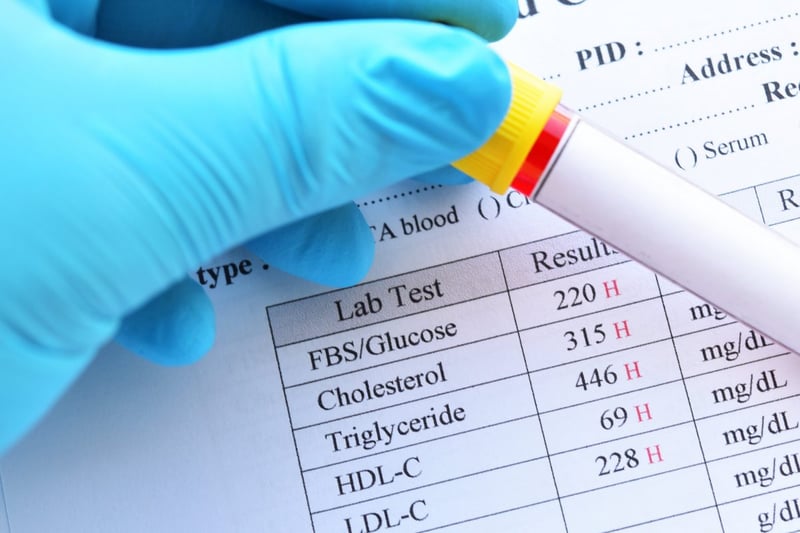
Standardized testing in education has increased considerably in the last 50 years, as has criticism due to inherent biases that create both discrimination and rise to industries that help the participant train for the test rather than to learn. Bloodwork, on the other hand, is a well-accepted test that is significantly more difficult to “cram” for, and short of direct methods like blood doping, it becomes very difficult to beat.
It provides real examples of the options available to test individuals for benchmarking & decision-making. The combine approach in sports or even fitness testing in the military pursues the parallel of standardized testing in education. An entire industry has risen up to train athletes for the combine; how to have a better 40 yard sprint through a more precise starting stance. The individual becomes better at running a 40-yard dash rather than actually running faster in their sport, which rarely ever requires them to run 40 yards in a straight line.
Warfighters in the military face a similar situation, in that they are presented with fitness challenges of various physical requirements, often emphasizing endurance. The interesting challenge and bias here is that your endurance capacity is heavily influenced by your mental fortitude, an idea known as the central governor theory, where the brain controls your fatigue state. The bias exists in the military approach to physical fitness because warfighters need this grit and mental resilience. Somebody must question endurance tests; are they physical or mental?
Hopefully, the physical testing or movement assessments of individuals emulate a blood test more than anything. The first feature of a blood test to emulate is the quick collection (a draw in <2 minutes) accompanied by an endless opportunity to evaluate different variables that can provide diagnostic value, such as LDL cholesterol as a marker for heart disease risk. Performing an assessment once or twice a year jeopardizes the ability to take action, as the test should be a leading indicator of what habits must be improved/removed, as well as the subsequent validation that any lifestyle changes made are corroborated.
The second aspect to emulate in this approach is the intelligent evolution of its value with more data over time. For example, many health practitioners are ignoring LDL in favor of a subcomponent vLDL because it has the highest component of triglycerides negatively affecting the walls of your arteries, a more specific & accurate marker for heart disease. Because medicine aggregates all of this data, data mining allows the discovery of new insights to always be occurring, rather than a static assumption that significant variables & thresholds will remain the same over time or within the same individuals.
The third aspect to emulate is the inability to beat the test. You cannot just diet or sleep better for the week or month before. Your blood markers are a chronic measurement of the last 120 days (4 months), the duration for a typical blood cell to turnover. Habits have to be developed and maintained over those 4 months to provide both accurate & meaningful improved results. In an area of sport specialization and gamification, specific testing misses the qualitative, widespread identification of needs, and such myopic focus on one feature (endurance vs strength vs flexibility) provides the bias of confirming or dispelling only the one hypothesis you are looking for, often called confirmation bias.
So, do you train for a test; a specific lift or event, just like a standardized test? Or do you focus on creating 120 days of good habits?